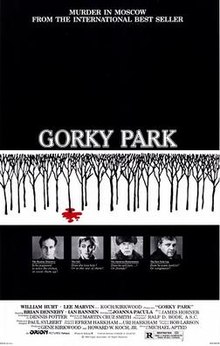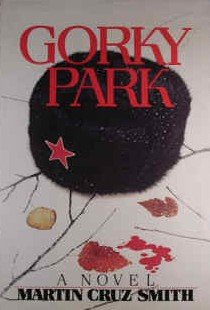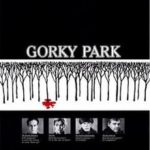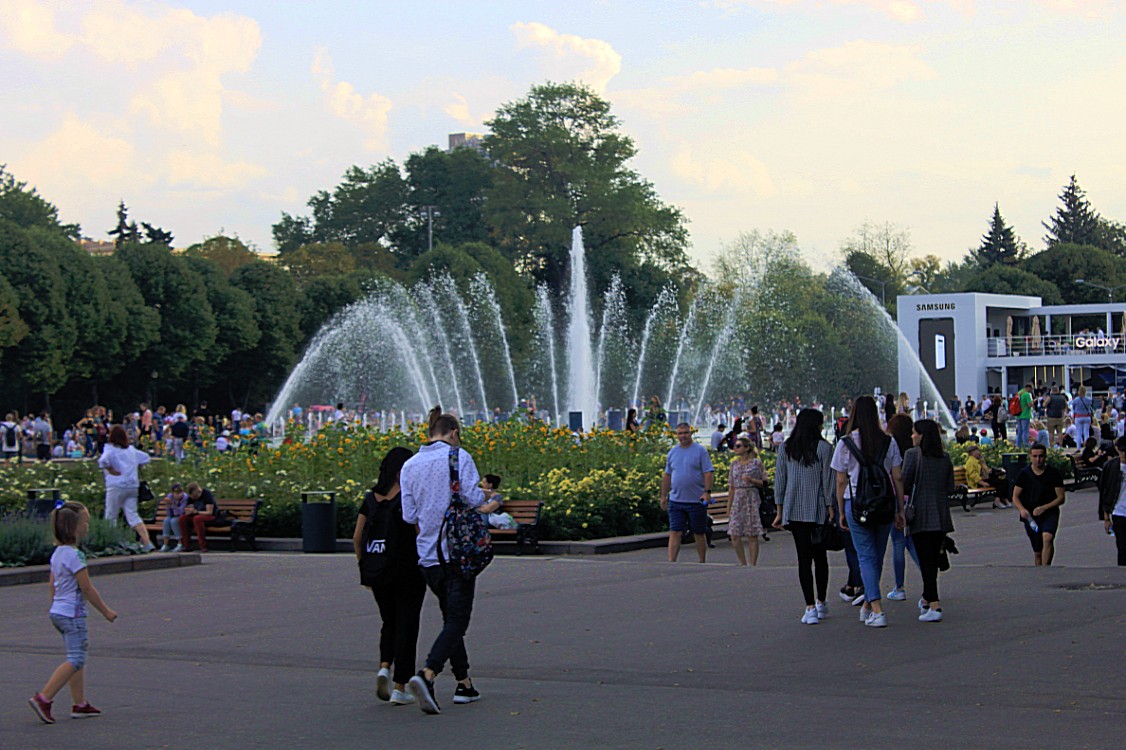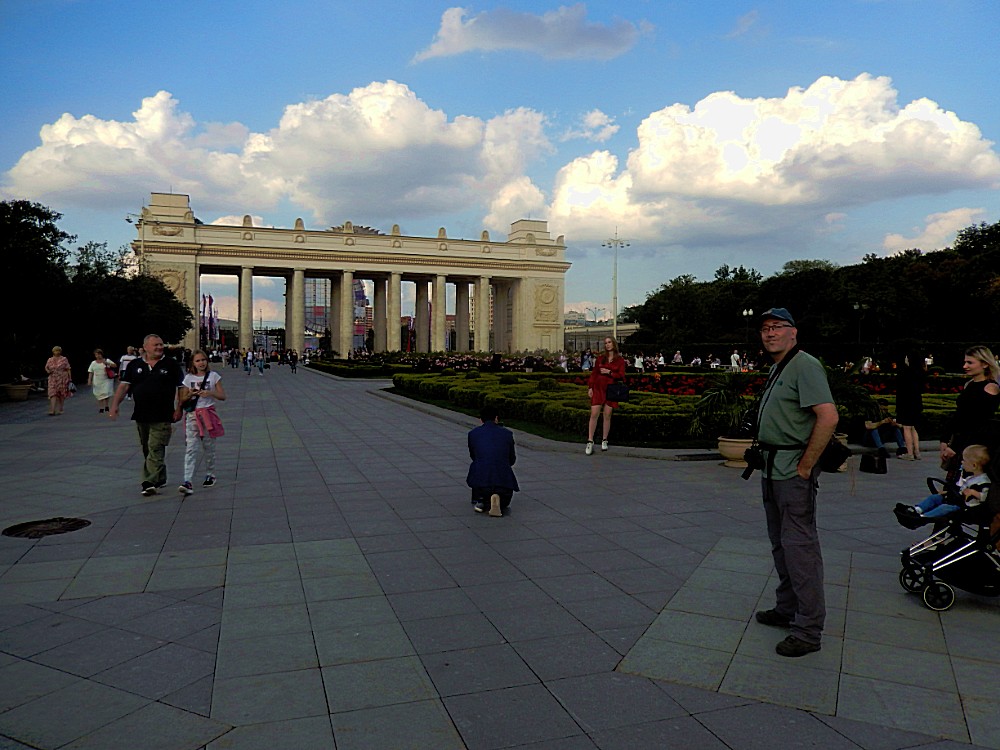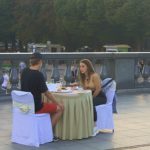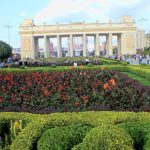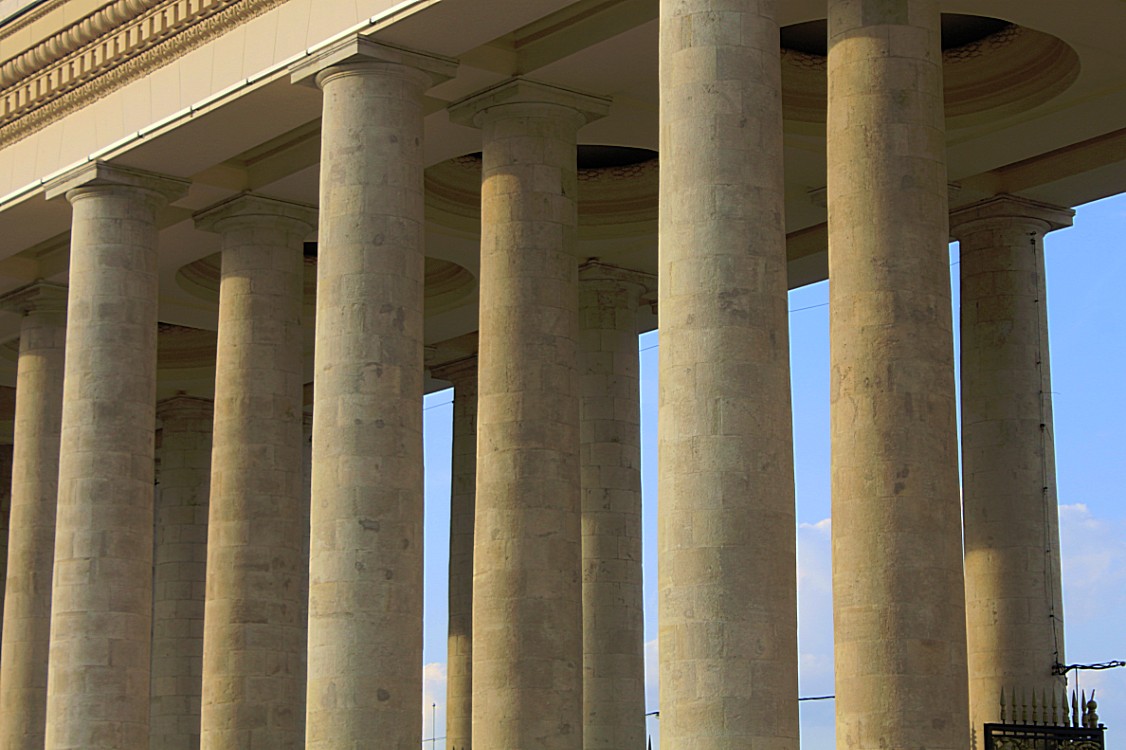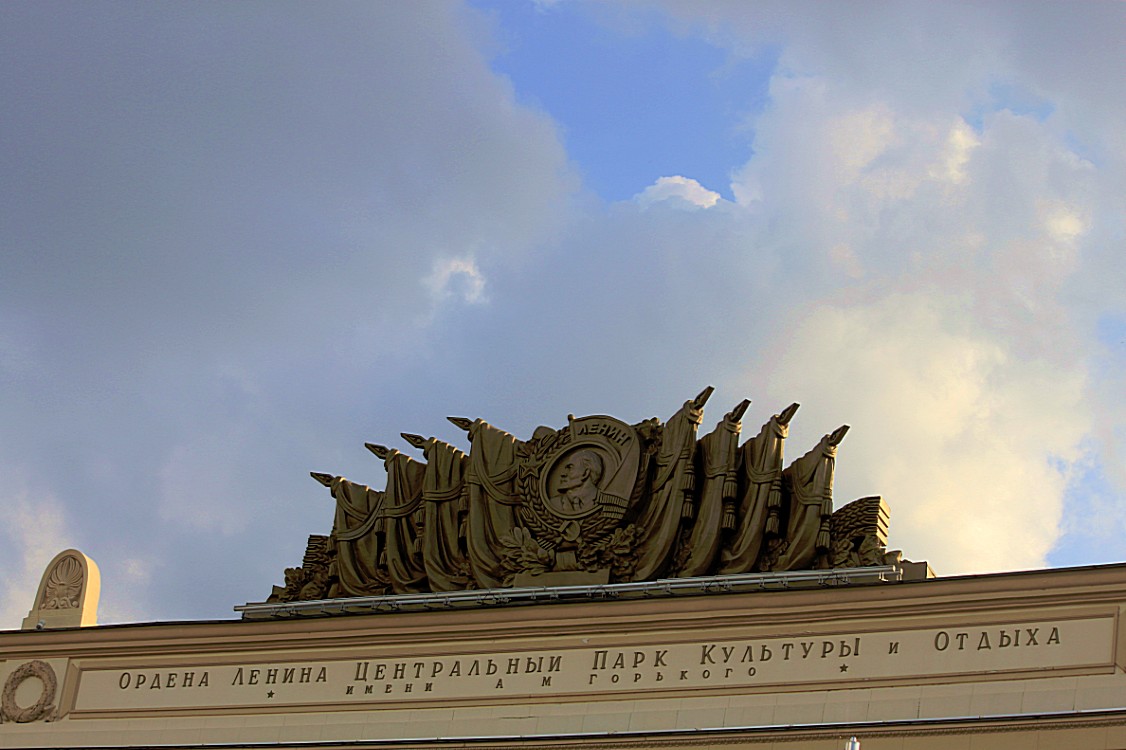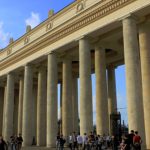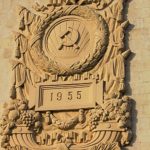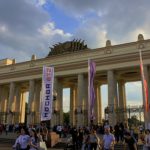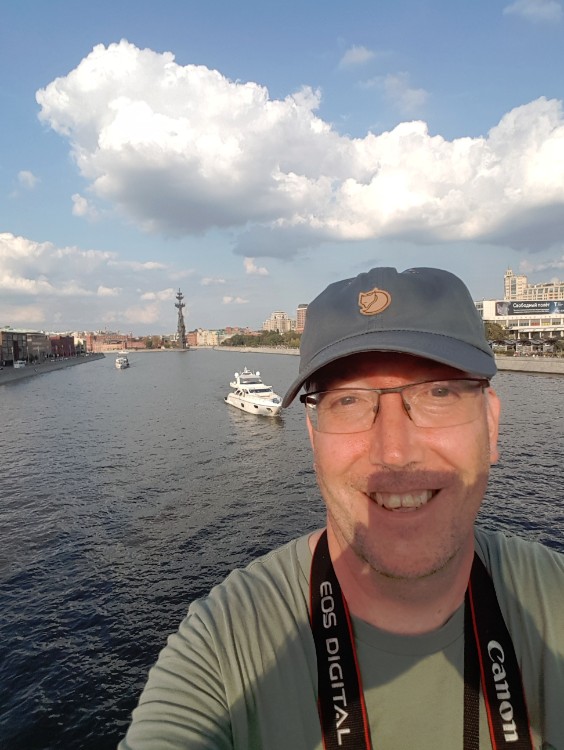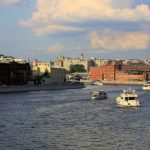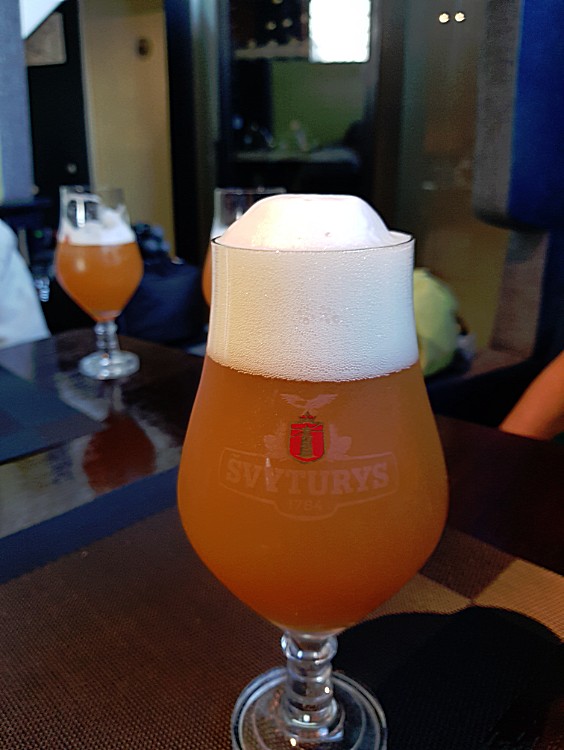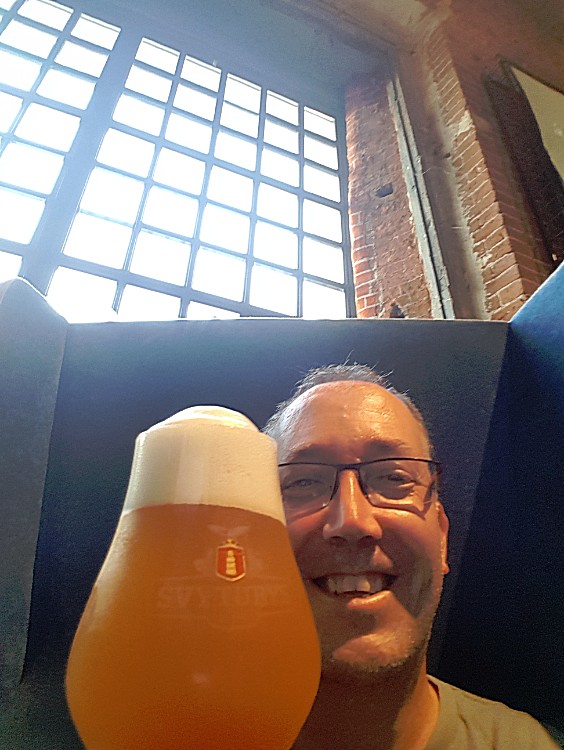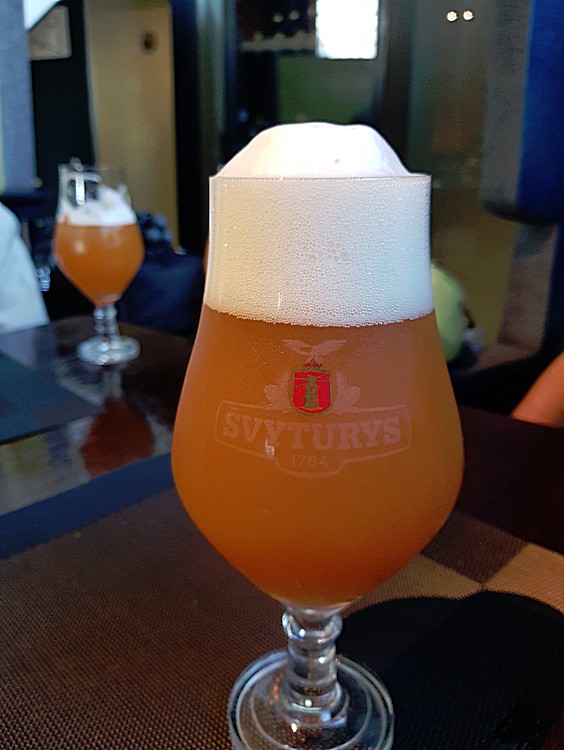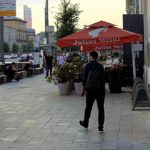Murder on a cold winter’s day in the park
“All nights should be so dark, all winters so warm, all headlights so dazzling. The van jacked, stalled and quit on a drift, and the homicide team got out, militia officers cut from a pattern of short arms and low brows, wrapped in sheepskin greatcoats. The one not in uniform was a lean, pale man, the chief investigator. He listened sympathetically to the tale of the officer who had found the bodies in the snow: the man had only strayed so far from the park footpath in the middle of the night to relieve himself, then he saw them, himself half undone, as it were, and just about froze too.”
(Gorky Park, 1981, Martin Cruz Smith).
Gorky Park – the movie
This quote opens one of the most unnerving, uneasy books I ever read: 1981’s Gorky Park by Martin Cruz Smith. I read it years after I had seen the movie based on it and it was even more unsettling than the movie already had been. I think I was 16 when I saw it and it was so dark and ominous that it really sank in, so much so that it had a deep impact on my thoughts regarding the cold war and even more the hidden, “underwater” worlds of organized crime, espionage and contra espionage which nowadays have evolved onto the internet and into the digital information world.
Thus when I visited Moscow in the Fall of 2019, I had one location that was at the absolute pinnacle of my bucketlist: Gorky Park. I didn’t mind that the movie was actually shot in Helsinki, I just needed to visit this place and soak up its vibe…
Gorky Park is a 1983 American mystery thriller film based on the novel Gorky Park by Martin Cruz Smith. The film was directed by Michael Apted. Dennis Potter won a 1984 Edgar Award for his screenplay for the film.
I knew that the movie was not shot in the actual Gorki Park in Moscow (although I have wrongly believed for a long time that the opening scene was shot there), but the movie was based on an earlier book and although the movie was shot in Helsinki, the author definitely had used memories/experiences of the real Gorky Park for his book.
The movie eventually evolves towards a plot about sable smugglers. Sable fur is the most appreciated, rare and thus expensive fur in the world. During my train travels in the TransSib I would travel through the vast Siberian taiga forests where the few surviving sable marters still live.


Gorky Park
It is the most popular park for Moscovites to visit and in winter the paths are turned into ice skating tracks. It was amidst such circular frozen tracks that the 3 murder victims from the opening scene were found.
Maps
Here’s a map and some enlargements of this huge city park:
Somewhere in the park was this small but beautiful music dome…
It was still the end of summer and quite warm for the time of the year. Lots of flowers were still in bloom.
Although it was a sunny Fall day, I could definitely see why this park was chosen as a location for the Gorky Park book. There is definitely something eerie and unnerving and shocking to finding 3 murdered bodies in a “safe” public place. It’s the equivalent of seeing a shooting in your own street.
Gorky Central Park of Culture and Leisure is a central park in Moscow, named after Maxim Gorky. In August 2018, the Park’s 90th anniversary was celebrated.
Gorky Park, located at Krymsky Val and situated just across the Moskva River from Park Kultury Metro station, opened in 1928. The park followed the plan of Konstantin Melnikov, a widely known Soviet avant-garde and constructivist architect, and amalgamated the extensive gardens of the old Golitsyn Hospital and of the Neskuchny Palace, covering an area of 300 acres (120 ha) along the river. The history of the Neskuchny Garden can be traced back to 1753, when it emerged in the area between Kaluzhskaya Zastava and Trubetskoy Moskva river-side estate. The neighboring area to Neskuchny Garden, from Krymsky Val to Neskuchny Garden, received little attention right up until the 1920s. Initially it was covered with park gardens, meadows and vegetable gardens belonging to the owners of neighboring estates. It formed a wasteland by the end of the 19th century, and served as a waste heap.
The First All-Russian Agricultural and Handicraft Industries Exhibition opened in 1923 on the wasteland that had been cleared during the course of communist community work days. A resolution for the exhibition was passed on 19 October 1922 and the exhibition opened one and a half years later on 19 May 1923. After bidding for the exhibition’s layout plan, which proposed four arrangements — Sokol, Khodynskoye Pole, Petrovsko-Razumovsky park and the river areas near Krymsky bridge — preference was given to the last option.
On 15 March 1928 by a resolution of the Presidium of the Moscow Council, the Agricultural and Handicraft Industries Exhibition was enlarged and transformed into the Central Park of Culture and Leisure — the country’s first park of its kind, which was referred to as an outdoor “cultural enterprise”. In 1932 the park was named after M.A. Gorky. The idea of a need for a central park of culture and leisure in Moscow arose in the late 1920s in relation to Moscow’s reconstruction with notions of a socialist “city of the future”.
In 2011 Gorky Park underwent a major reconstruction. New director of Central Park of Culture and Leisure Sergei Kapkov demolished approximately 100 attractions and illegal objects. More than two thousand square meters of new asphalt roadbed was laid on the site of demolished objects and 1.9 ha of new lawns and flowerbeds were laid out. All amusement rides but one, a two deck carousel, have been removed in order to transform the place into a recreational zone. Abandoned buildings, carts, tents, advertising structures and attractions were cleaned in the process. Renovation of monuments, cleaning the ponds and delivering soil and grass turf started. Gorky Park was transformed in several months, becoming the first Russian park that could now compete with the leading parks of the world. A 15,000 square meter ice rink, with separate zones for children, hockey, dancing, and general skating, was officially opened in December 2011. In winter, a skating school of Alexei Yagudin runs on the skating rink.
Shortly after he took over the park, Sergei Kapkov was appointed to the role Moscow Government Minister and Head of the Department of Cultural Heritage. Olga Zakharova had replaced Sergei Kapkov and has held the position ever since.
Goodbye Moscow
Leaving Gorky Park through the large triumphant collonade gate, The Wandelgek now returned to the other side of the river Moskva. There, very near to the bridge was a nice little terrace where he could finally have some diner and a well deserved beer. But the terrace was empty so instead he went inside. It was a dark place and there were no other guests, but it did look nice and clean and the food on the menu was attractive too. So he sat down and ordered a … and a … and it turned out the owners and only spoke Russian. But no problem, they knew someone who could speak English and after a short while she arrived at my table and took the order.
Although I did have my reservations about the place at first, I have to honestly say that the people running it and the waiters and waitresses were very friendly and even more important, the food was good above expectations and the beer they served was even superb. Never had that one before and it tasted divine.
It was a perfect end of my stay in Moscow. Now it was time to leave, time to finally start the longest railway journey in the world, time to step on the Trans Siberian.

